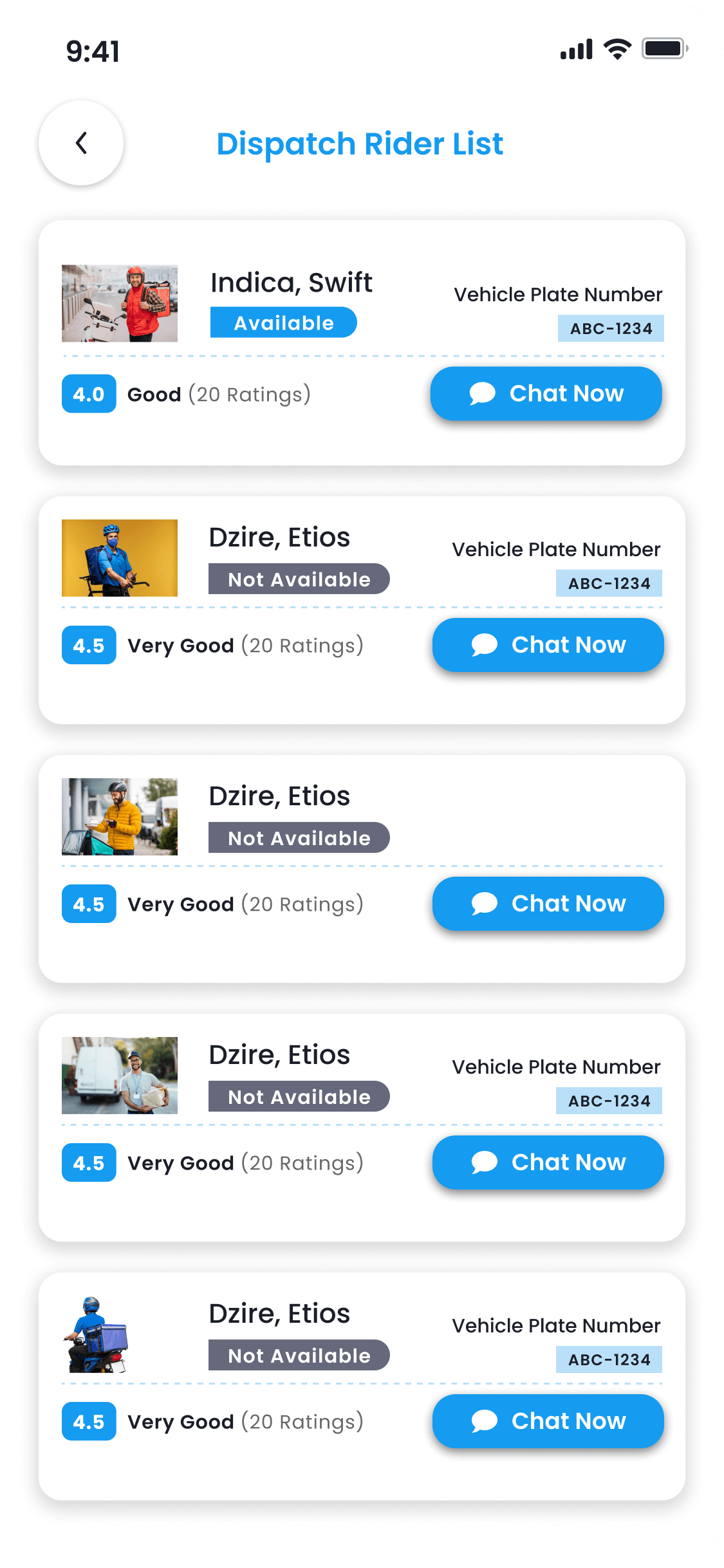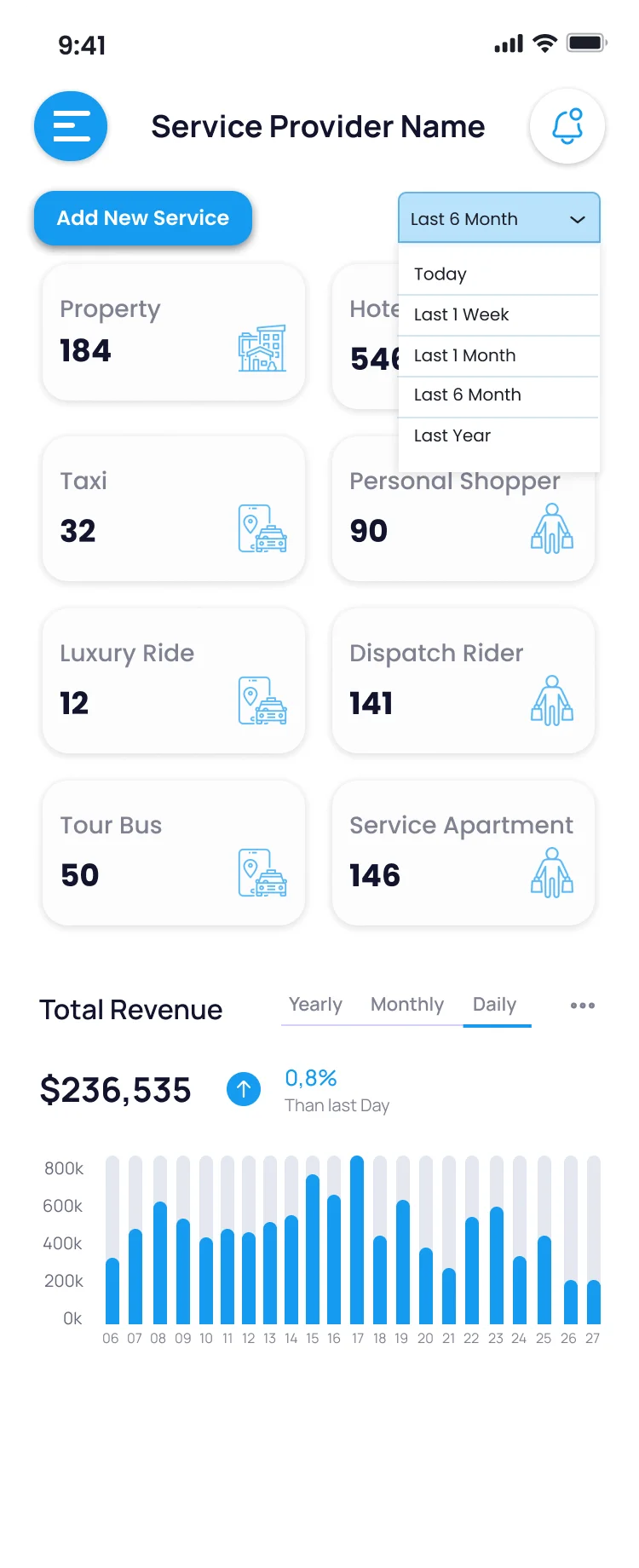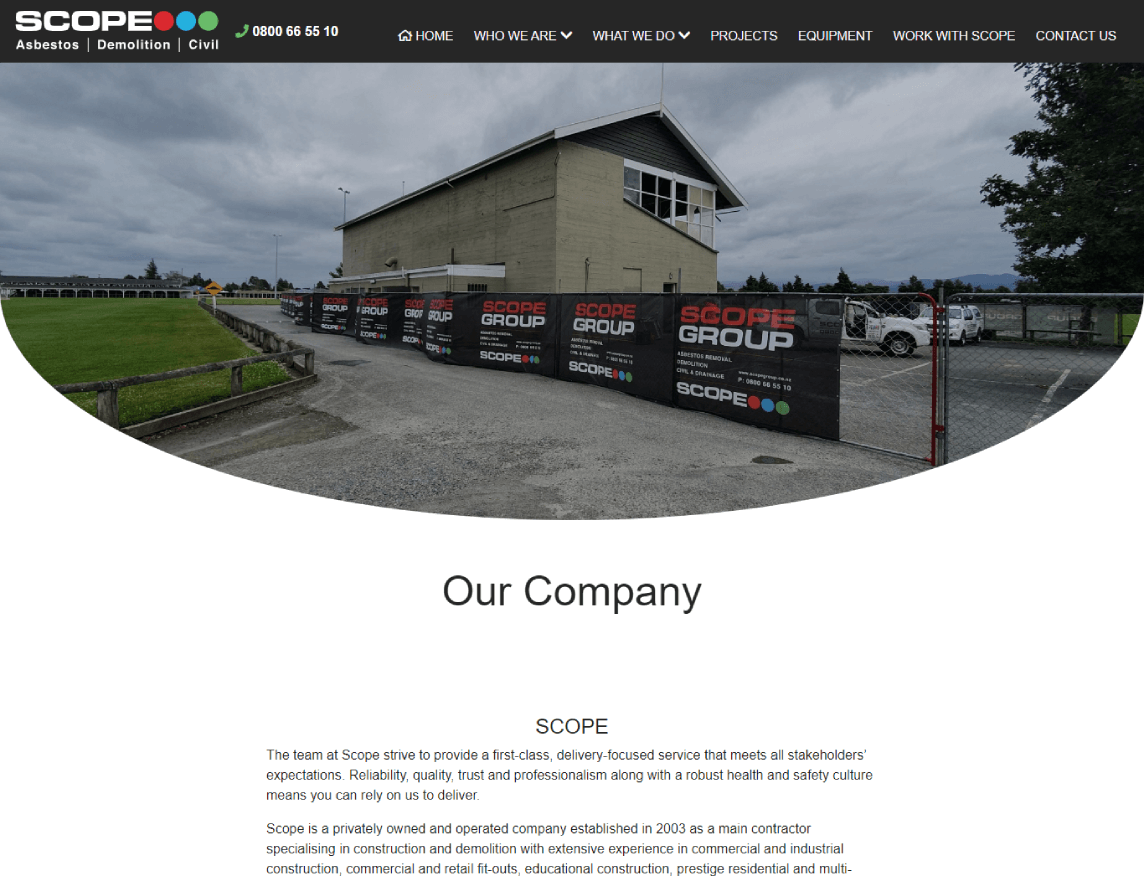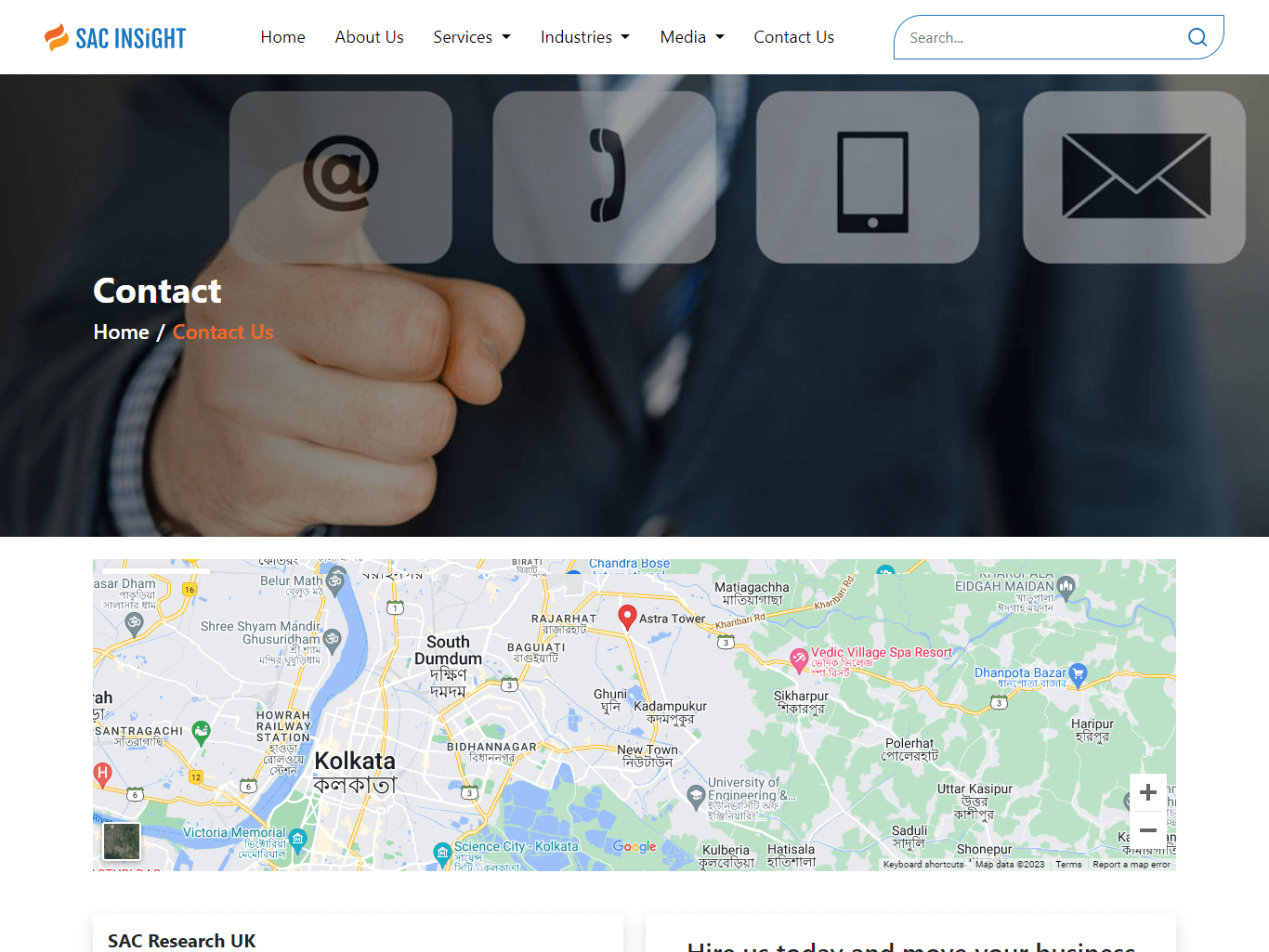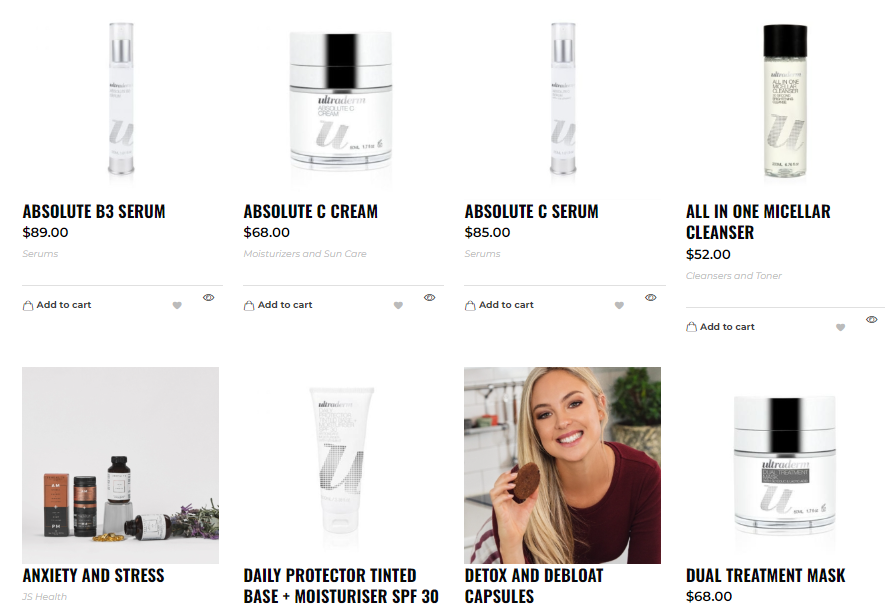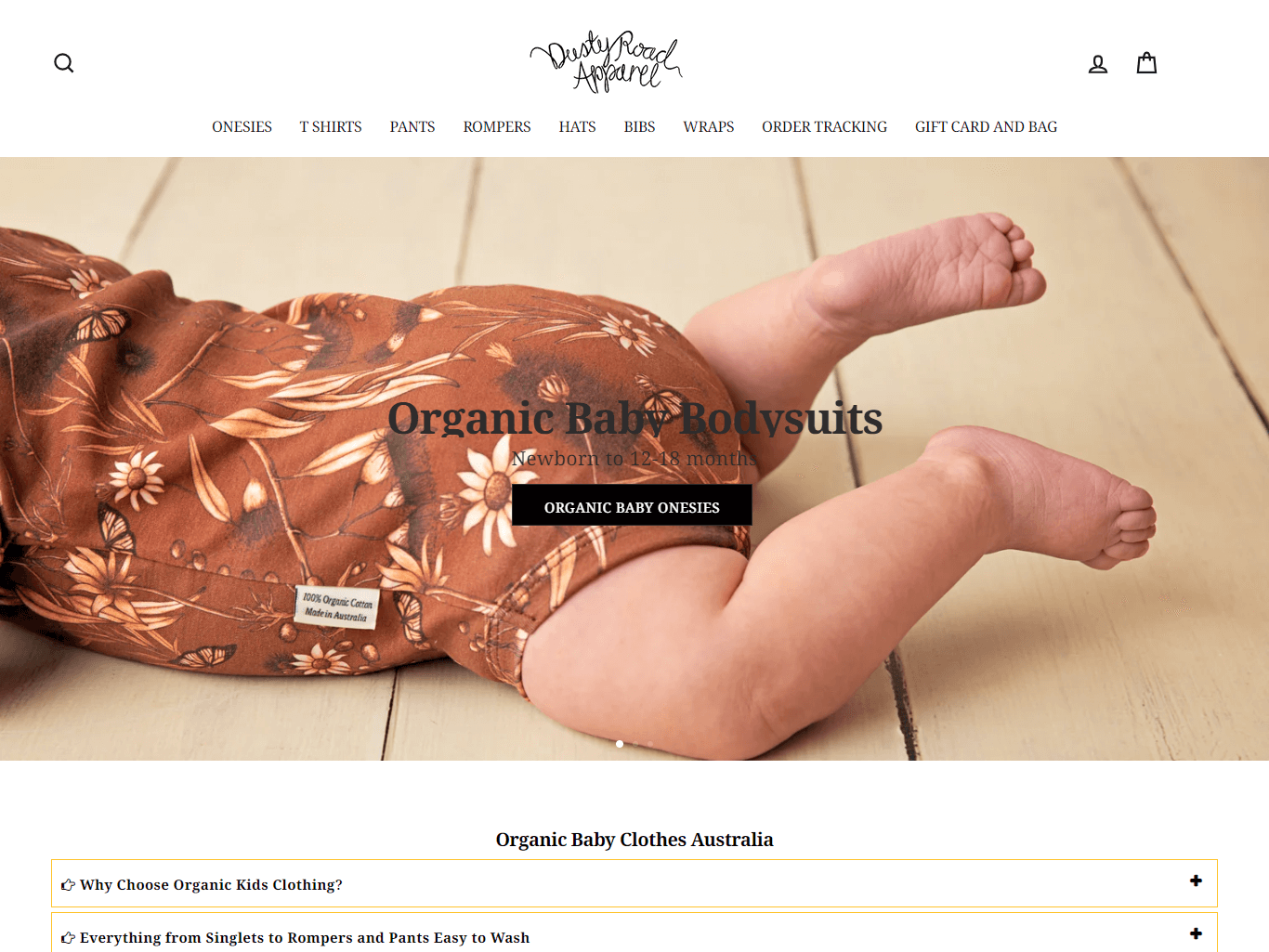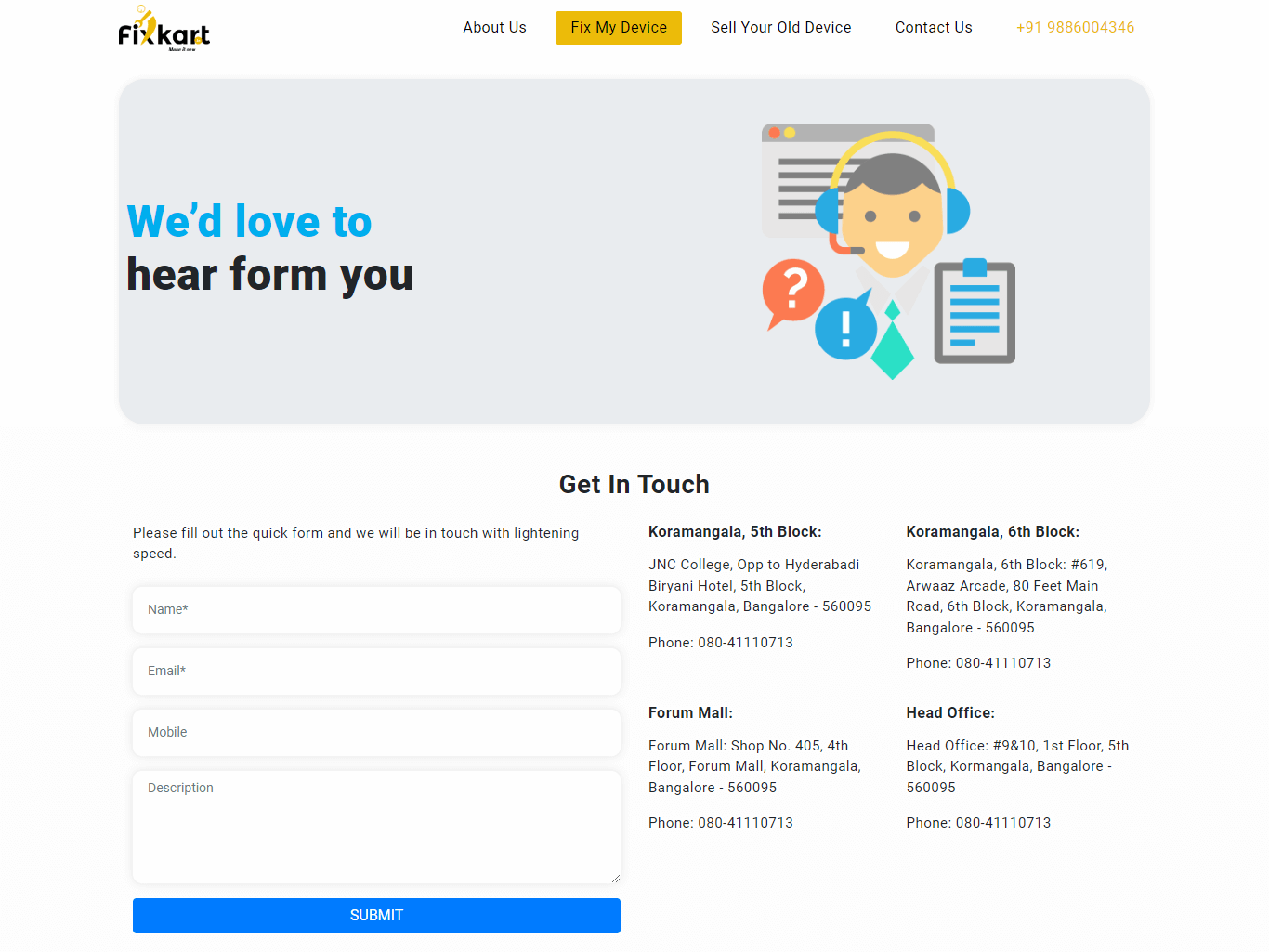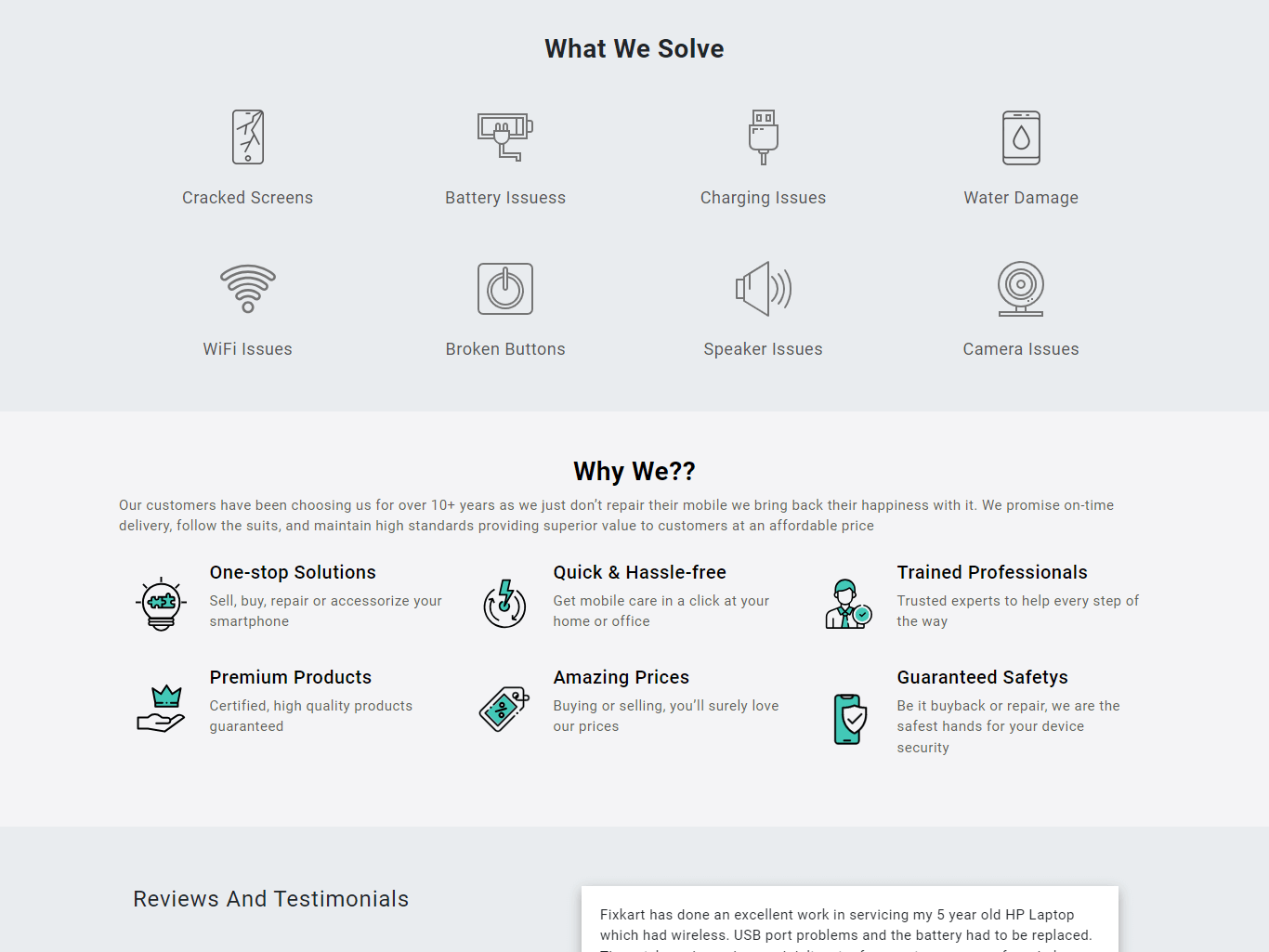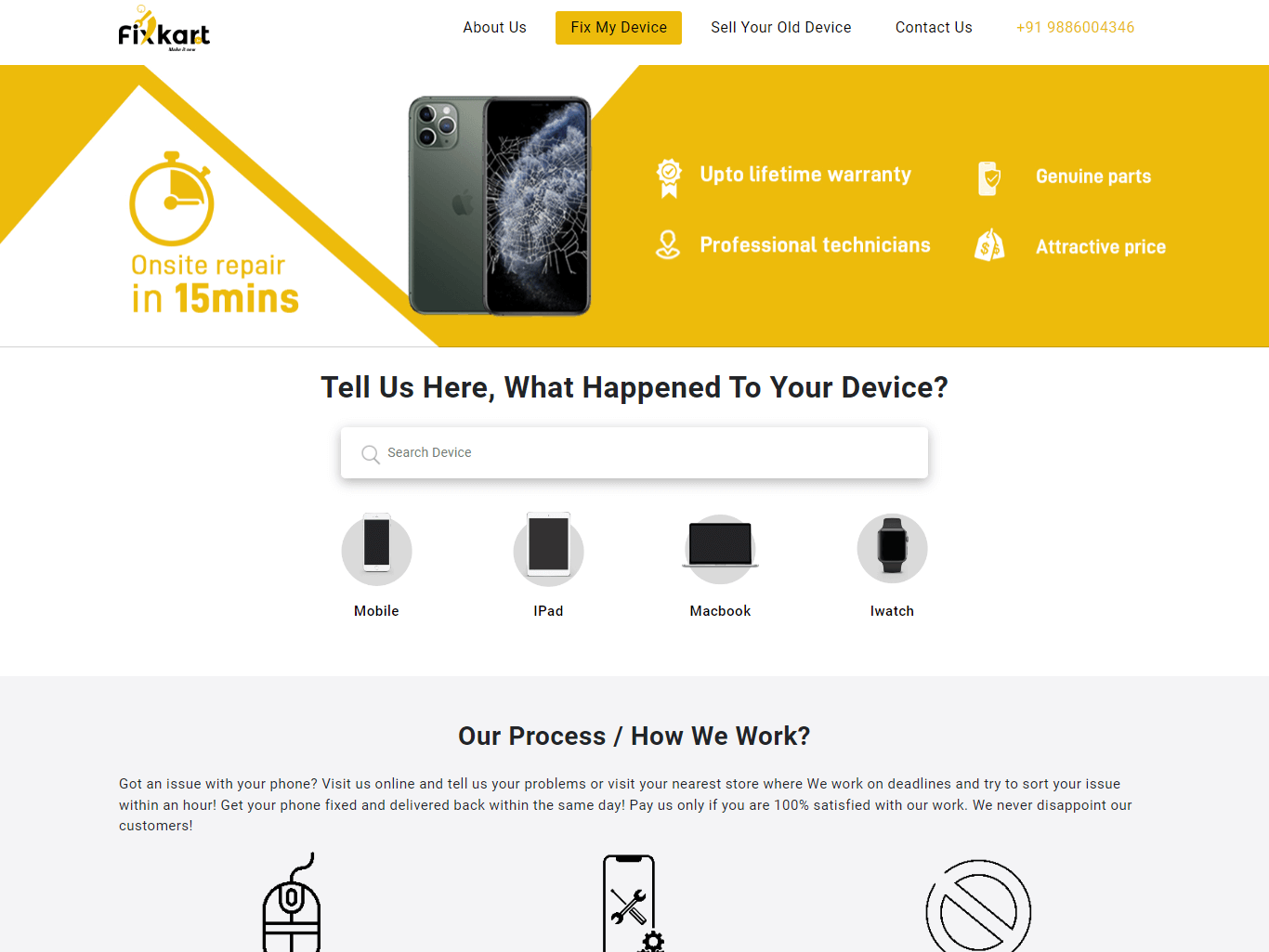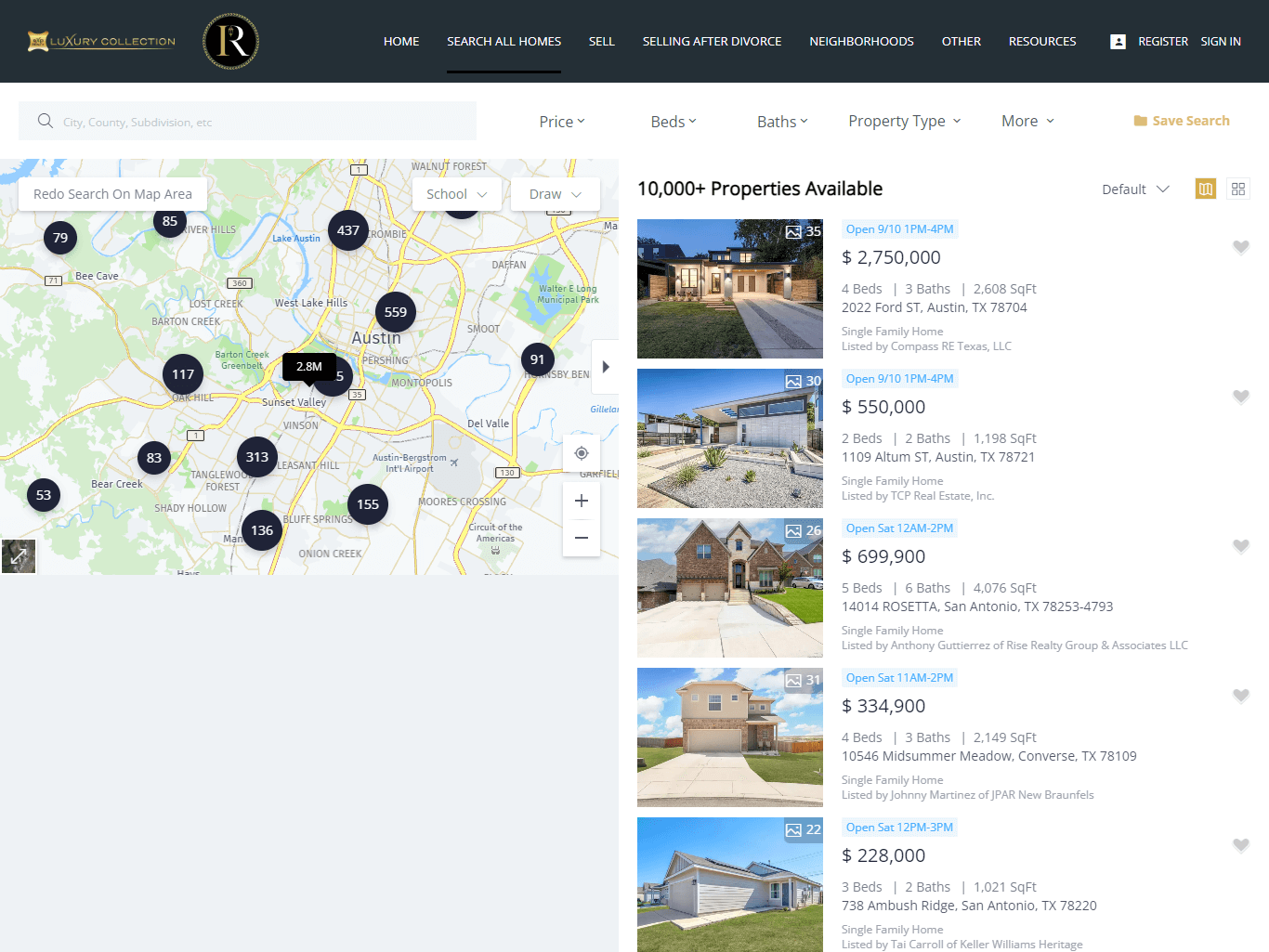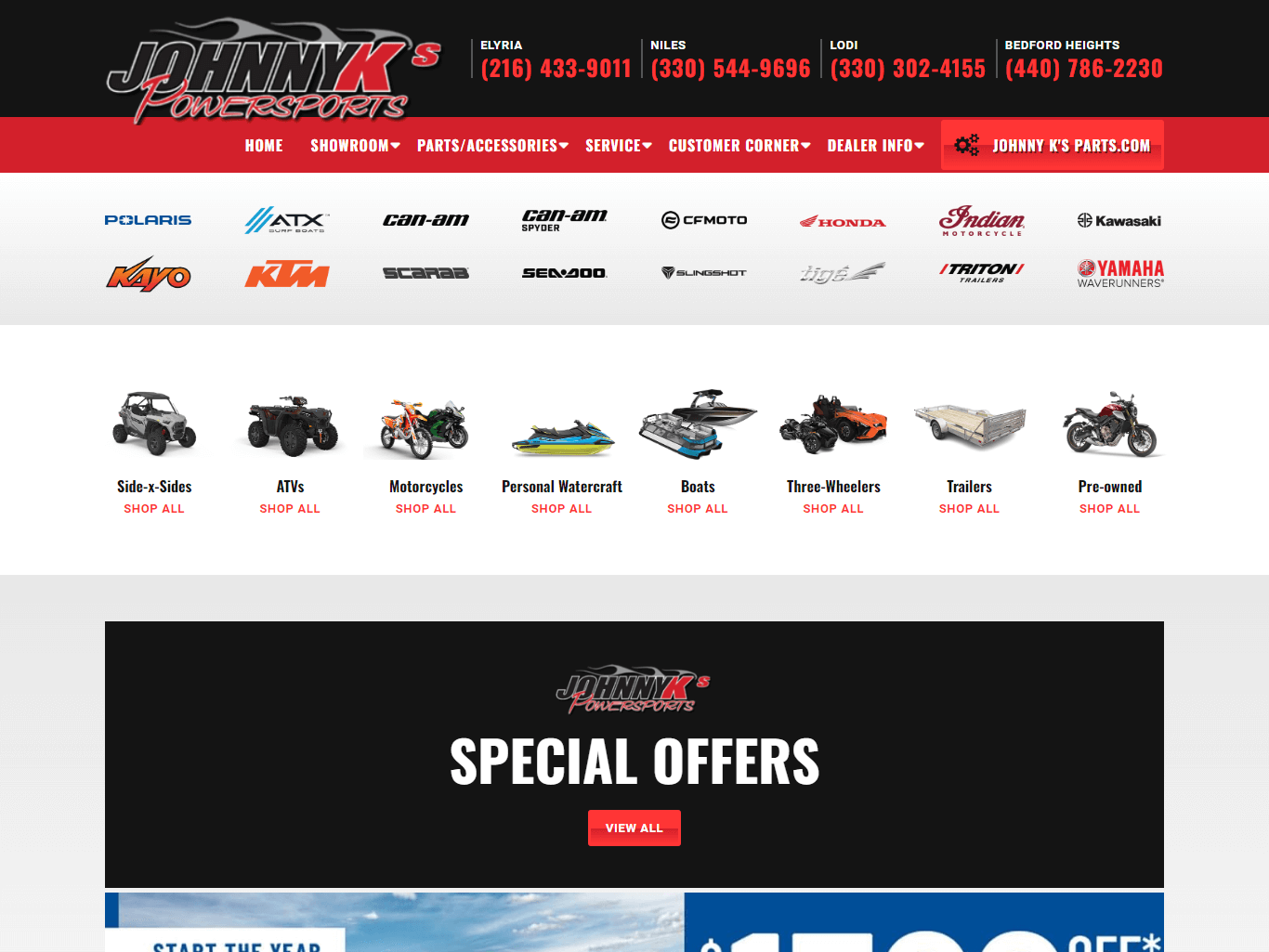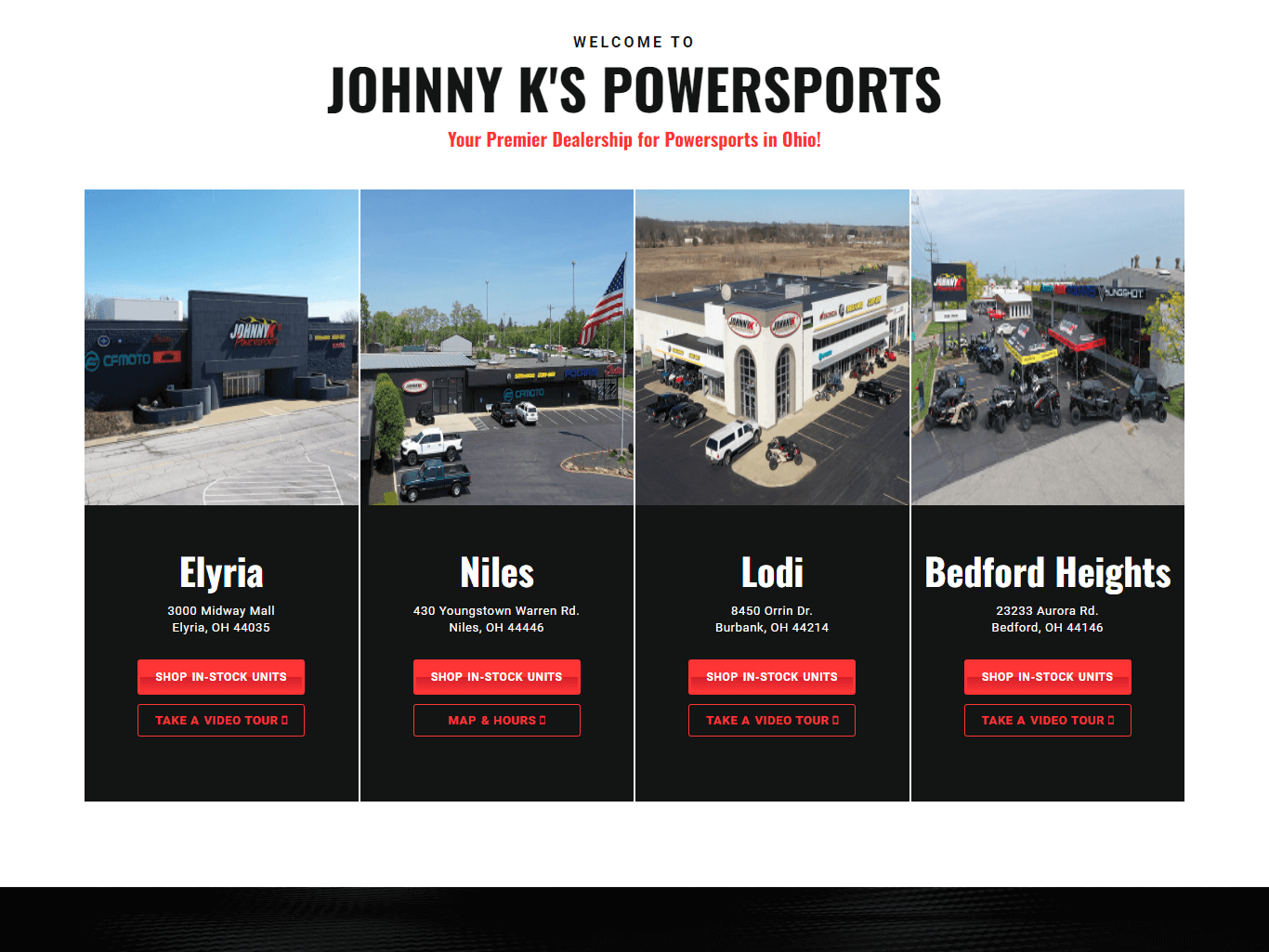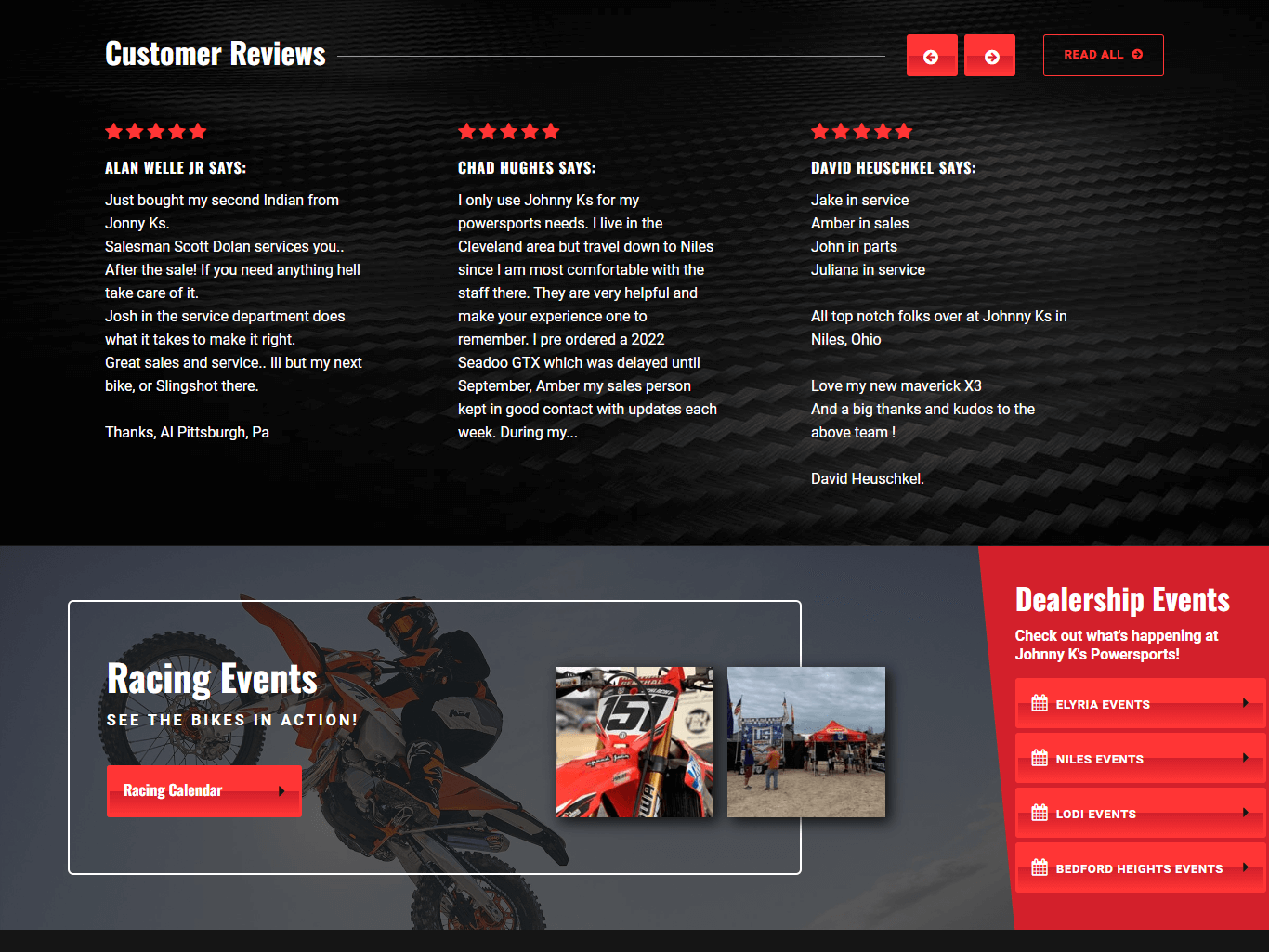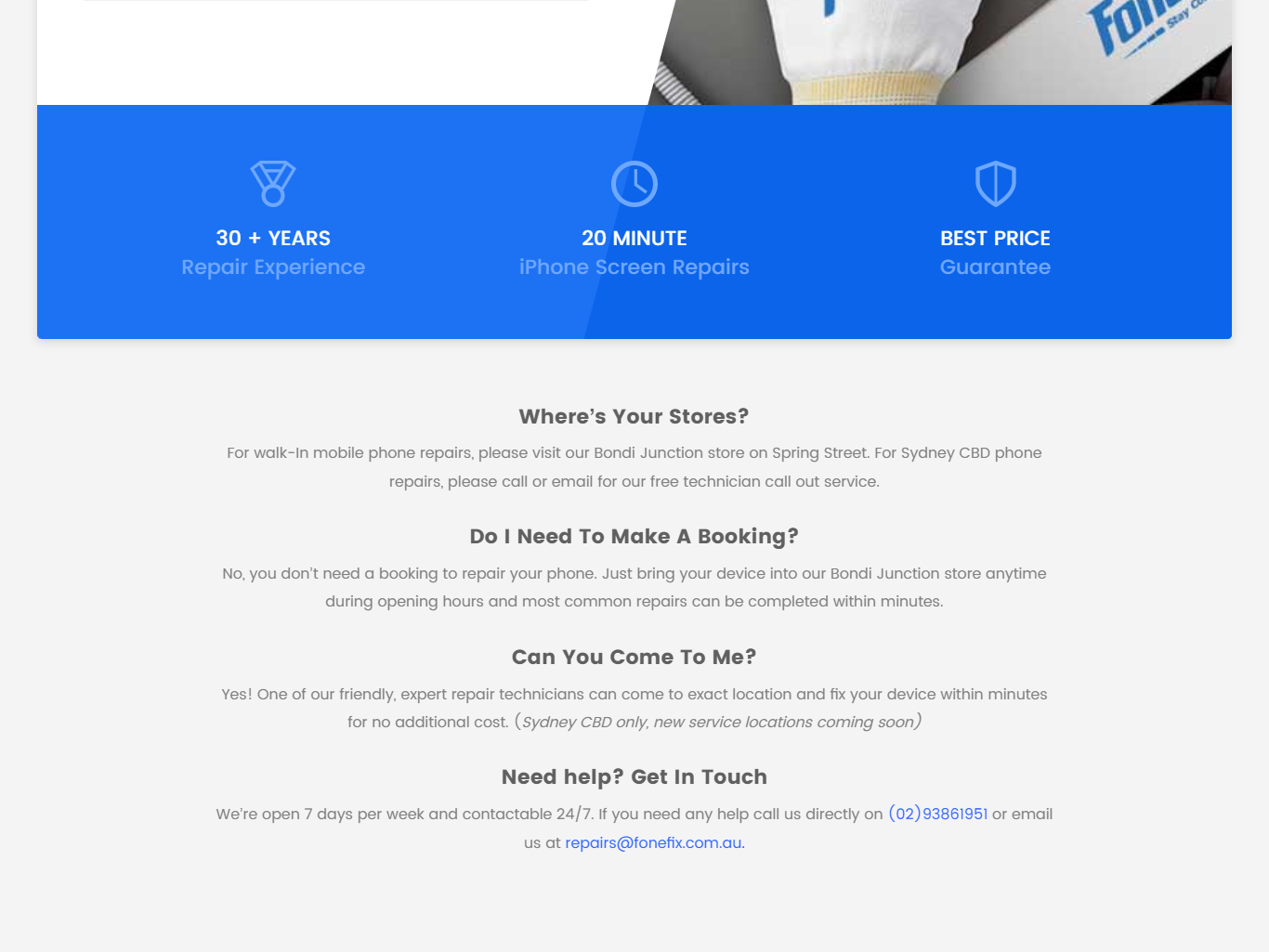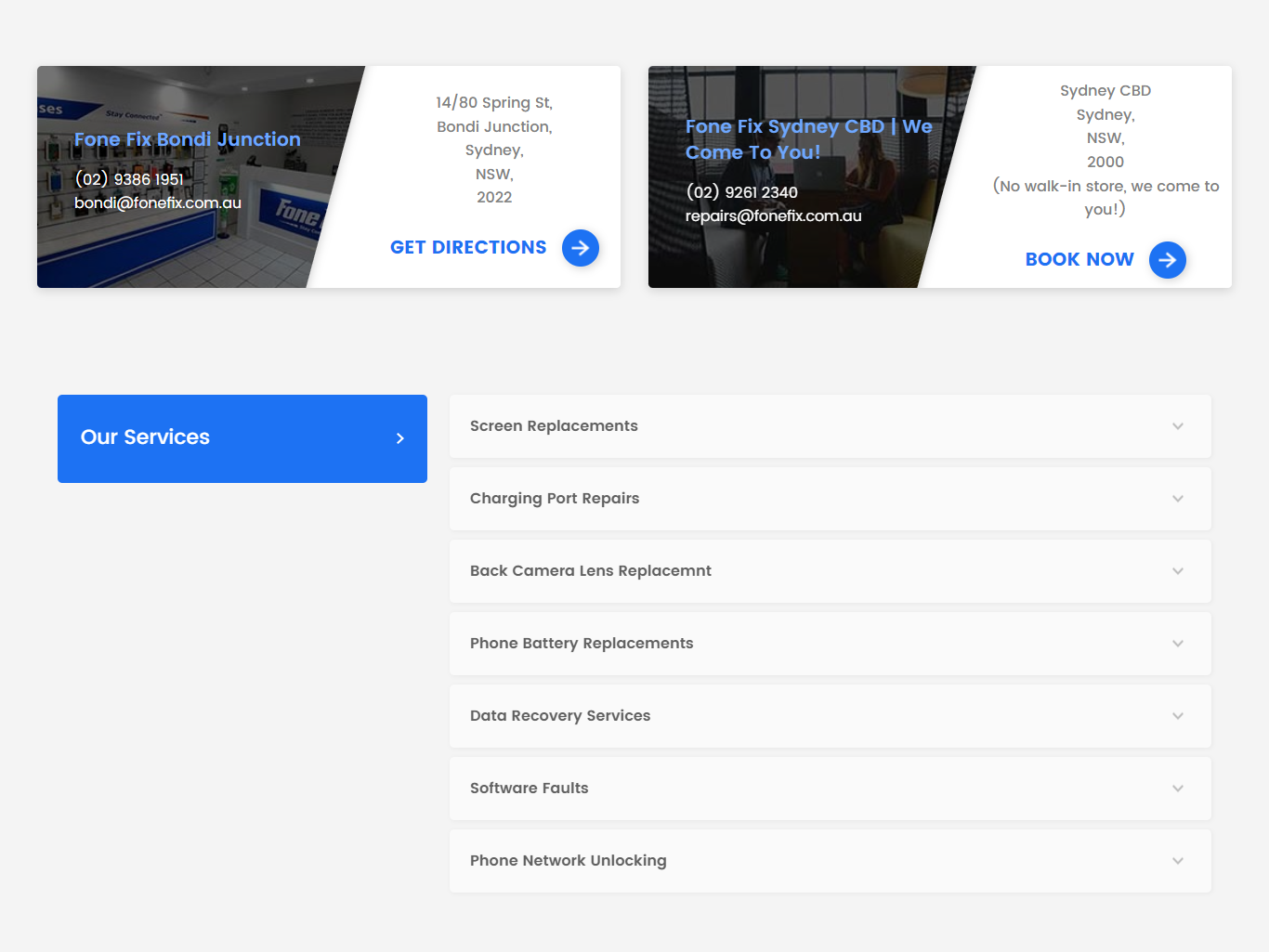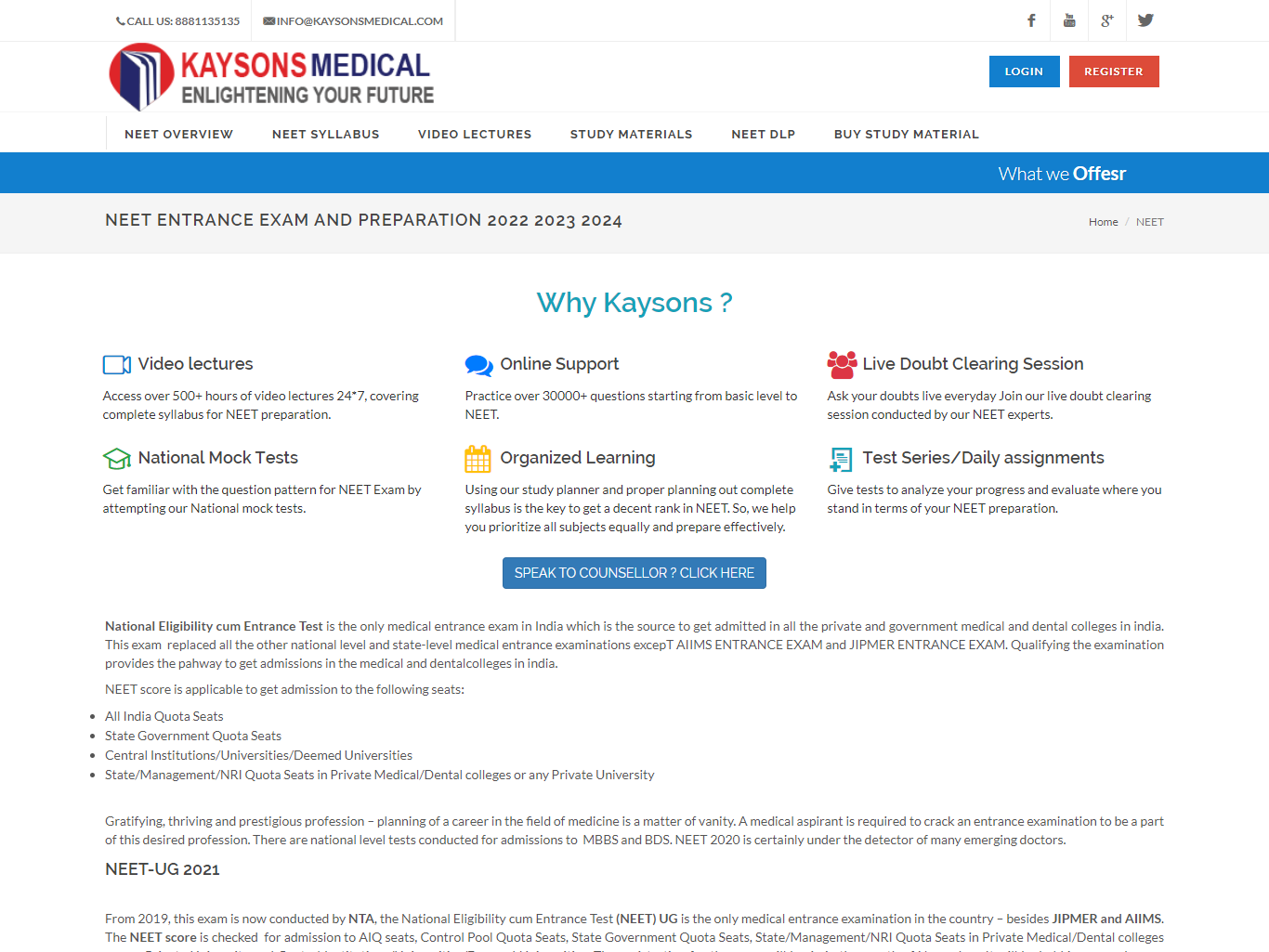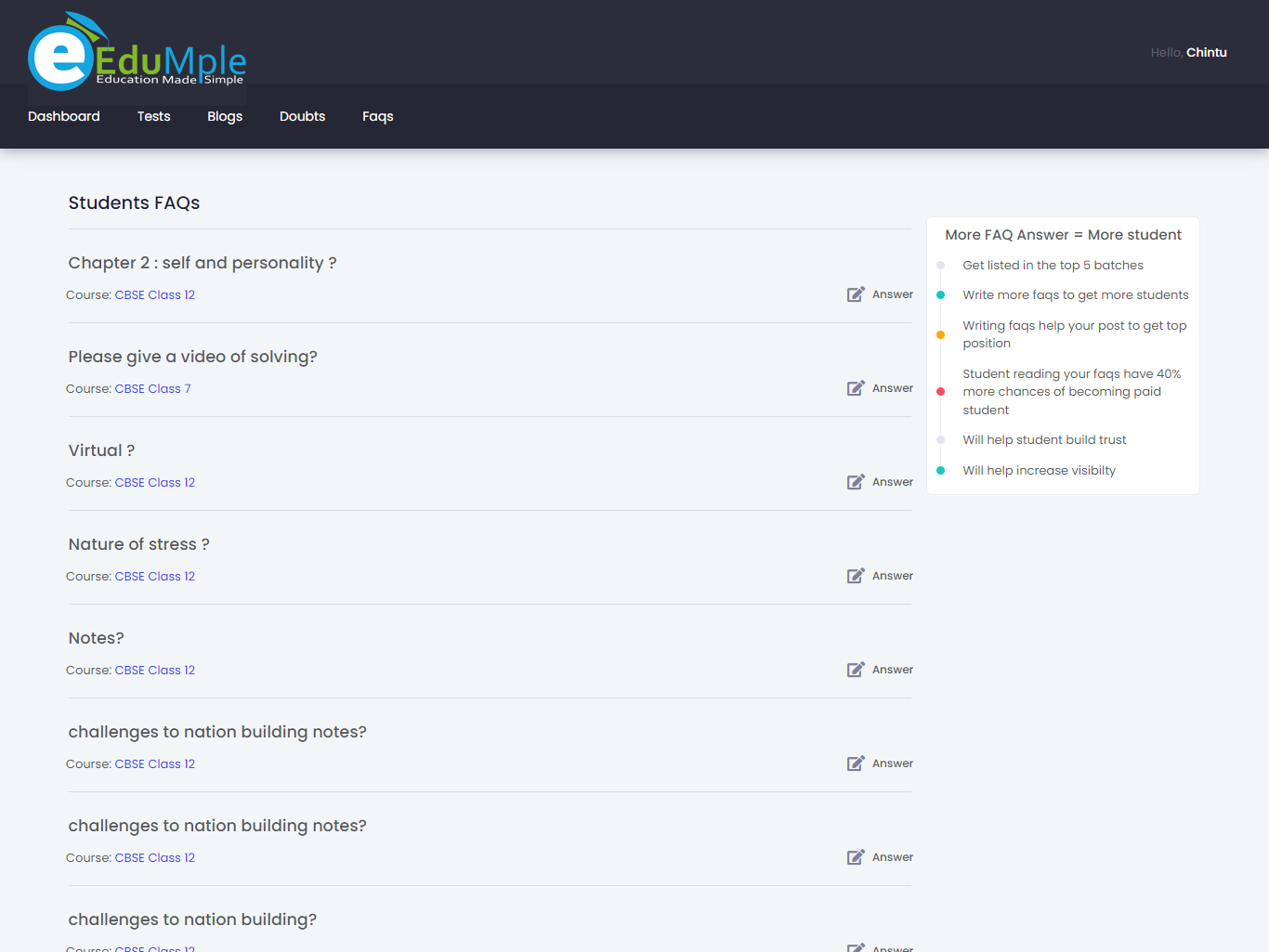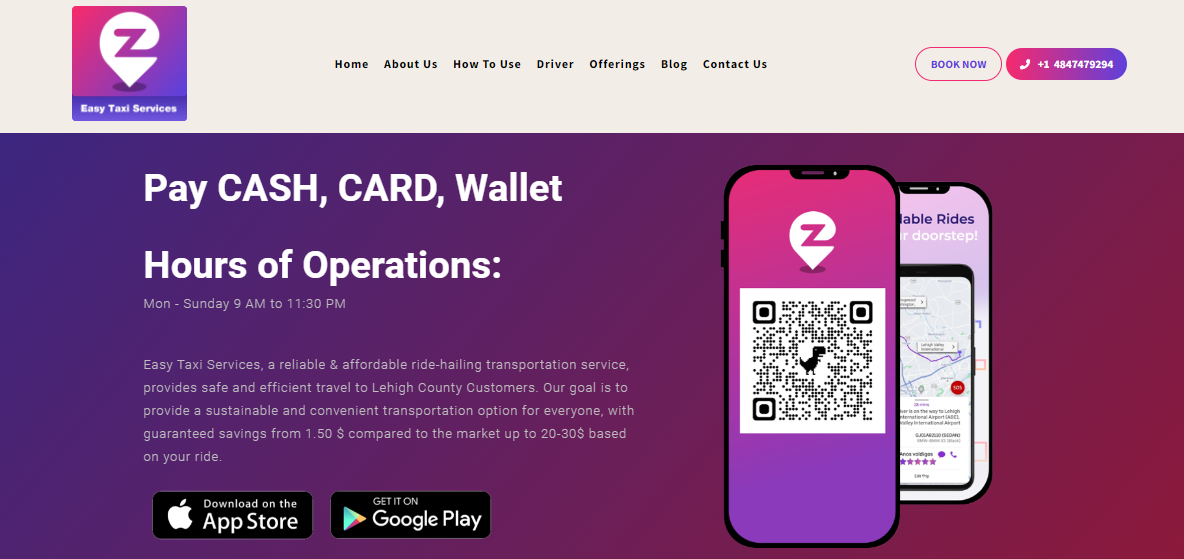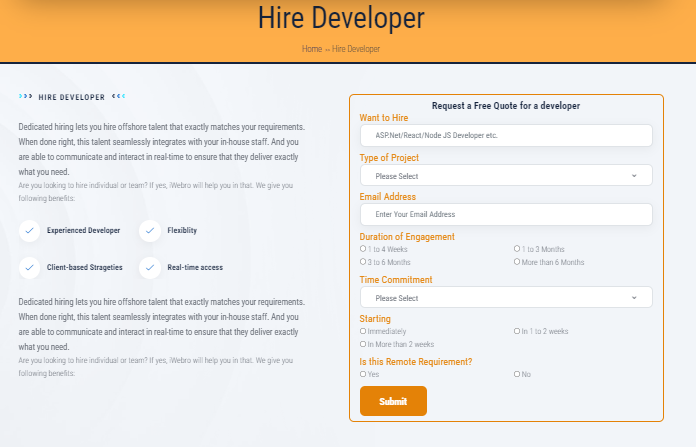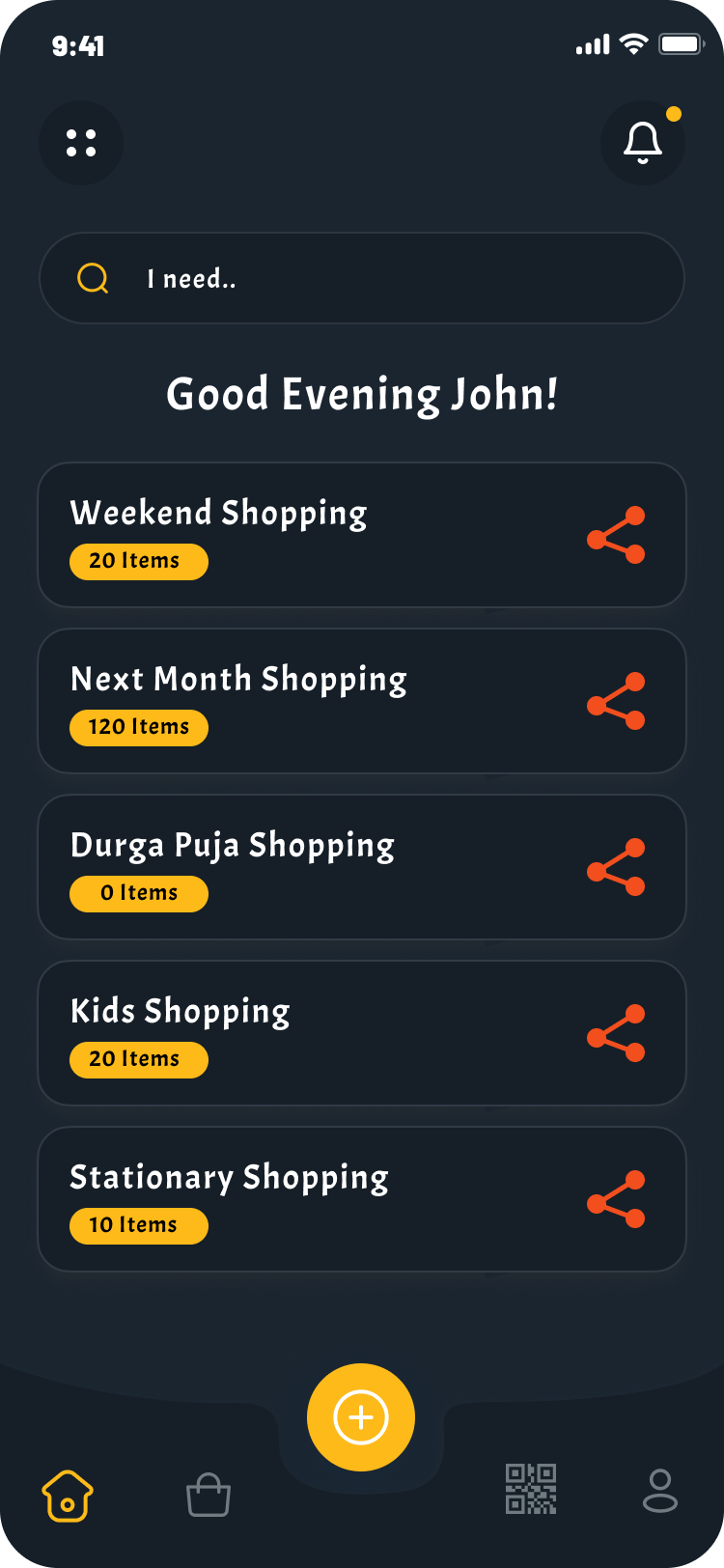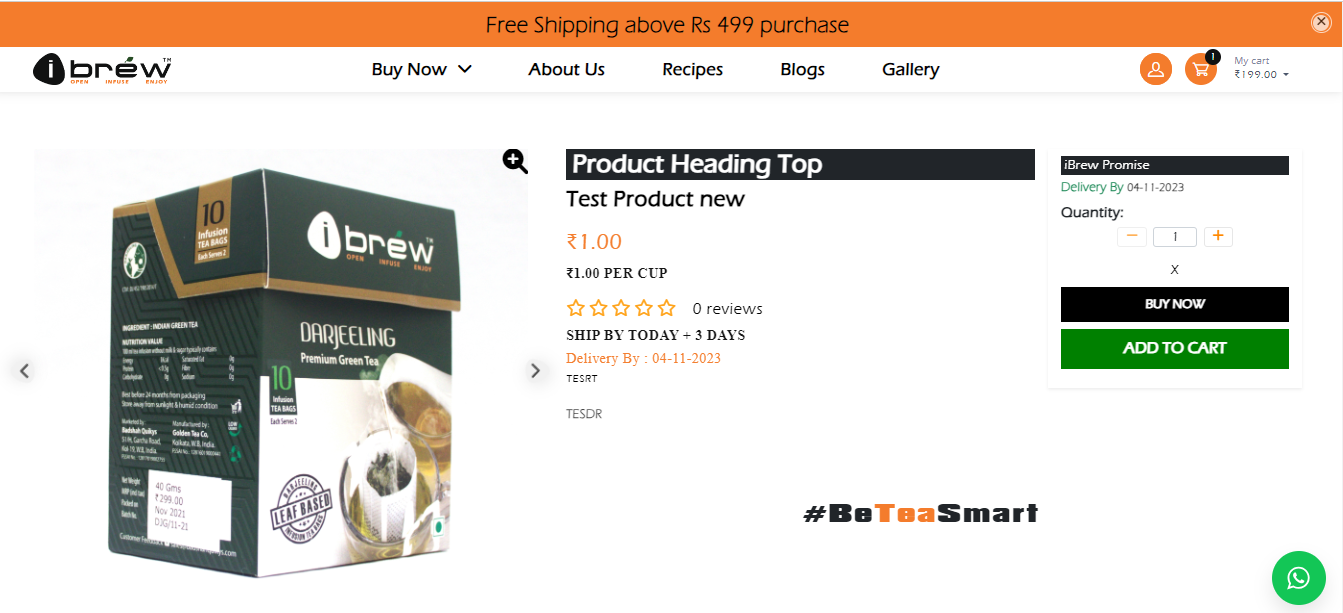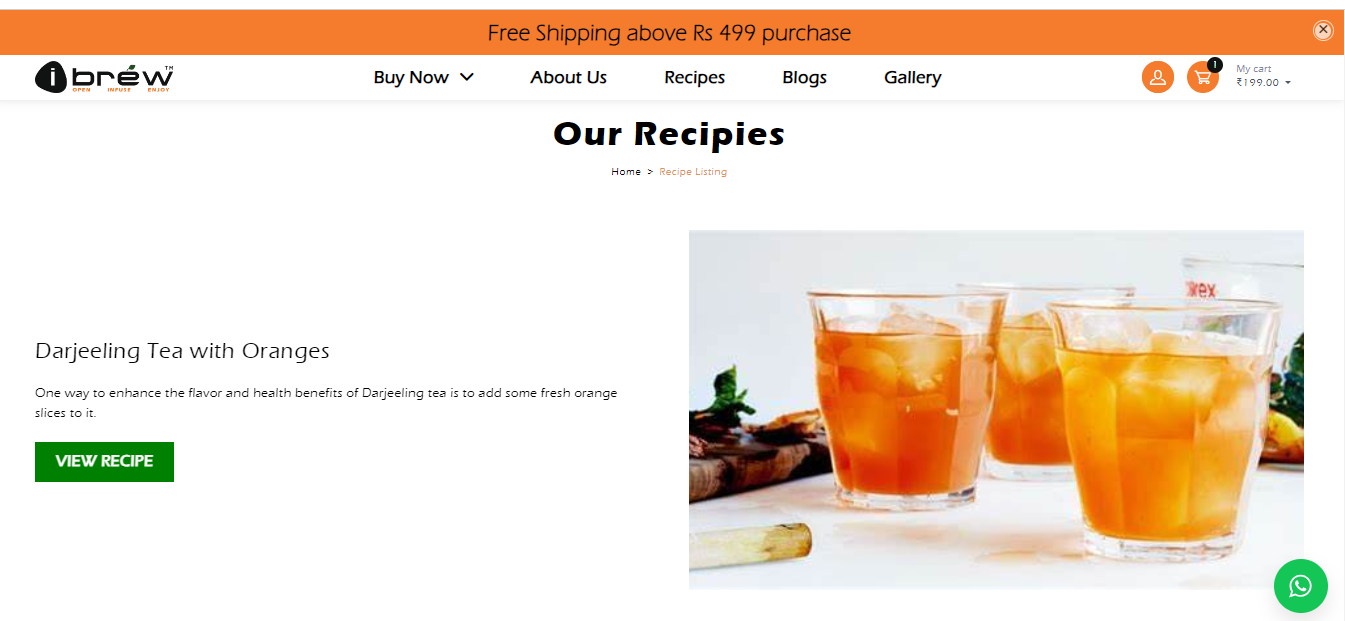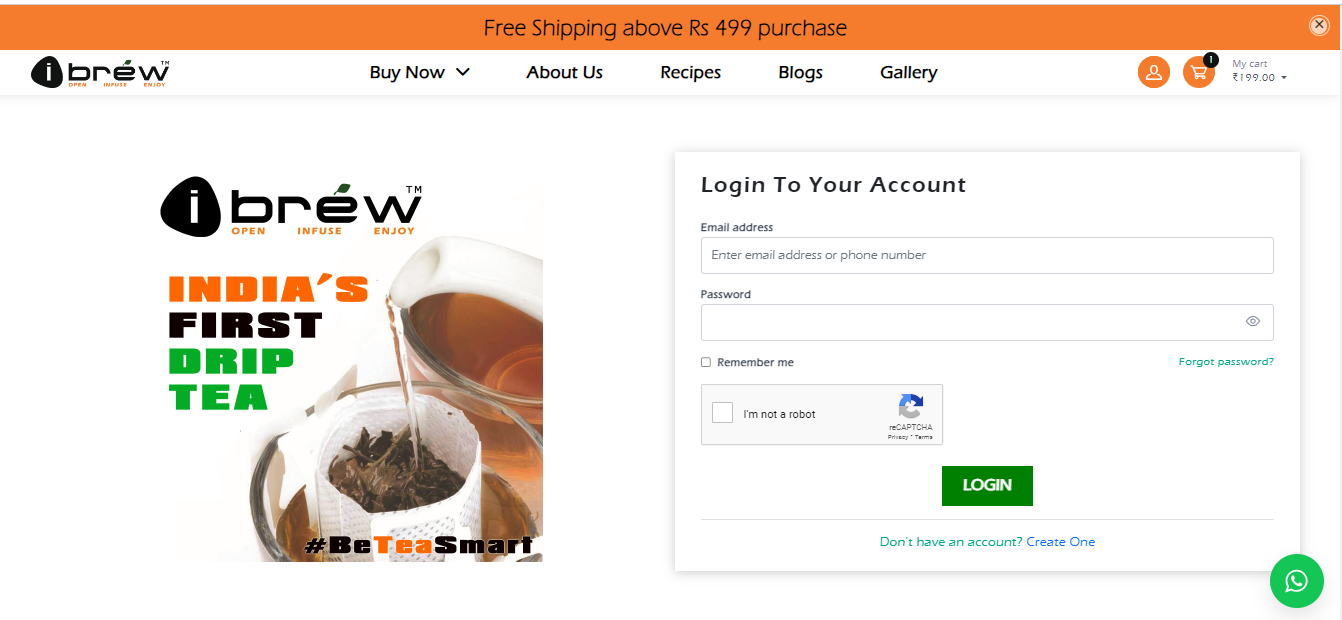Because every click in the busy world of eCommerce goes toward making money, you need to make sure that every part of your online store is working at its best. For example, the search box is a powerful tool that folks often forget about. Making it easy for your customers to find what they’re looking for can have a big effect on your sales in this digital age where ease is key.
If you’re looking for eCommerce services, this is where “search box optimization” might be useful. This article talks about the technical aspects of search box optimization, looks at how useful Google Autocomplete is, analyzes some myths about black hat SEO techniques, and gives you seven must-do tips to make your eCommerce site’s search function better.
This is where the idea of “search box optimization” comes in handy. This article talks about the technical aspects of search box optimization, looks at how useful Google Autocomplete is, analyzes some myths about black hat SEO techniques, and gives you seven must-do tips to make your eCommerce site’s search function better.
Table of Contents
ToggleWhat is Search Box Optimization?
Search box optimization, which is also called search bar optimization, is all about making your eCommerce store’s search function work better and give users a better experience. To do this, you need to make sure that your search engine can understand what your customers are looking for, give them relevant product suggestions, and eventually help them make a purchase.
Google Autocomplete and Search Box Optimization Real-Life Example
The search giant Google has a powerful tool called Google Autocomplete that can help you optimize your search box in a big way. When people type their questions into the search bar, Google Autocomplete suggests related search terms based on what they’ve already searched for, what goods are popular right now, and how popular searches are in general. You can make the search experience much better for users by adding these ideas and popular search terms to your search algorithm.
For instance, if a user types in “running shoes,” Google Autocomplete might suggest “running shoes for men” or “running shoes nike.” By integrating these suggestions into your search results, you not only anticipate customer needs but also showcase a wider range of relevant products, increasing the chances of conversion.
Here’s how Google Autocomplete benefits eCommerce search box optimization:
- Improved User Experience: Autocomplete suggestions save users time and effort by offering relevant options as they type. This reduces frustration and keeps them engaged in the search process.
- Insights into Customer Intent: Analyze the autocomplete suggestions to understand what your target audience is looking for. This valuable data can inform your product categorization, keyword strategy, and overall website content.
- Increased Conversions: By presenting relevant suggestions, Autocomplete can guide users directly to the products they’re interested in, ultimately leading to more conversions.
To get the most out of Google Autocomplete and make the user experience smooth, add its features straight to your eCommerce search bar.
Is Search Box Optimization Black Hat?
Definitely not. SEO method called “search box optimization” is legal and follows good practices. With this update, the user experience will be better and it will be easier for customers to find the products they want. For long-term success, this means a better shopping experience and happier customers.
Here’s the key difference: black-hat SEO involves manipulative tactics to trick search engines, while white-hat SEO, like search box optimization, focuses on providing genuine value to both users and search engines.
How Do I Get Search Box Optimization?
Implementing effective search box optimization requires a combination of technical expertise, strategic planning, and continuous refinement. Here’s a step-by-step guide to getting started:
- Evaluate Current Search Performance: Look at how well your current search functions are working and find ways to make them better.
- Keyword Research: Conduct thorough keyword research to understand the search terms commonly used by your target audience.
- Optimize Search Algorithms: Make small changes to search algorithms to make them more accurate and give greater importance to relevant results.
- Implement Autocomplete Suggestions: Use autocomplete features that are based on commonly searched terms to make it easier for users to find products.
- Enhance User Interface: Make sure that the search bar is easy to find and stands out on all of your eCommerce site’s pages.
- Monitor and Analyze Performance: Always keep an eye on search performance data and look at user feedback to find places where you can improve.
- Continuous Improve: Make changes to your search engine optimization methods based on what users say and what the data tells you. This will make the search experience better.
Must-Have Hacks for eCommerce Search Box Optimization
Implementing effective search box optimization requires a multi-pronged approach. Here are 7 must-have hacks you can employ to improve your eCommerce store’s search functionality and boost sales:
Keyword Research for Search Box Optimization
Just like traditional SEO, effective search box optimization starts with keyword research. Here’s what you need to do:
- Identify relevant keywords: Brainstorm terms your target audience might use to search for products on your site. Use keyword research tools like Google Keyword Planner or SEMrush to identify high-volume, low-competition keywords related to your products.
- Focus on long-tail keywords: Long-tail keywords are more specific phrases that users might type into the search bar. For instance, instead of just “shoes,” a long-tail keyword could be “women’s running shoes size 7.” By targeting long-tail keywords, you can attract customers who are further along in the buying journey and more likely to convert.
- Include synonyms and variations: Don’t limit yourself to just the primary keywords. Include synonyms and variations to capture a wider range of search queries. For example, if you sell furniture, optimize for “chairs,” “seating,” and “armchairs” as well.
Optimize Product Titles and Descriptions for Search
Once you have your keyword list, integrate them strategically into your product titles and descriptions. Here are some tips:
- Start with the main keyword: Include your primary keyword at the beginning of your product title. This ensures the product shows up for relevant searches.
- Naturally integrate keywords: Don’t stuff keywords unnaturally. Focus on creating clear, concise, and informative product titles and descriptions that still incorporate your target keywords.
- Use synonyms and variations: As mentioned earlier, include synonyms and variations of your main keywords throughout the product descriptions to capture a wider net.
Hold Product Categories and Attributes
Product categories and attributes are crucial for organizing your products and aiding search box functionality. Here’s why:
- Clear category structure: Create a well-defined and easy-to-navigate category structure. This allows users to quickly narrow down their search based on broad product categories (e.g., clothing, electronics) and then further refine their search using subcategories (e.g., dresses, headphones).
- Use product attributes: Attributes are specific characteristics of your products, such as color, size, brand, material, etc. Ensure your product listings have accurate and complete attribute information. This allows users to filter and search for products based on specific attributes, making it easier to find what they’re looking for.
Implement Autocomplete Suggestions
Many eCommerce platforms offer built-in features to manage autocomplete suggestions in the search bar. Here’s how to leverage them:
- Prioritize relevant suggestions: Configure your backend to prioritize autocomplete suggestions that match your most relevant keywords and high-selling products.
- Include promotions and new arrivals: Consider incorporating limited-time promotions or recently launched products into your autocomplete suggestions to drive user interest and engagement.
Leverage Search Analytics
Most eCommerce platforms provide valuable search analytics data. Utilize this data to understand what customers are searching for on your site. Here’s what you can learn:
- Identify missed opportunities: Analyze search queries that yield no results. This indicates potential gaps in your product offerings or shortcomings in keyword optimization.
- Track popular searches: Identify the most frequently searched terms and ensure your product titles, descriptions, and category structure are optimized for those keywords.
- Refine your autocomplete suggestions: Use search analytics data to refine your autocomplete suggestions and prioritize terms with high search volume and low conversion rates. This can help improve the effectiveness of your autocomplete feature.
Prioritize Mobile Optimization
With the rise of mobile shopping, optimizing your search box for mobile devices is crucial. Here’s why:
- Mobile-friendly interface: Ensure your search bar is easily accessible and user-friendly on mobile devices. This includes proper sizing, clear visibility, and responsive design.
- Predictive search: Consider implementing predictive search functionality on mobile. This suggests relevant products or search terms based on the first few letters a user types, further streamlining the mobile search experience.
- Voice search optimization: As voice search becomes increasingly popular, optimize your product titles and descriptions with natural language terms users might use in voice searches.
A/B Testing for Search Box Optimization
Search box optimization is an ongoing process. Experiment with different approaches to see what resonates best with your audience. Here’s how A/B testing can help:
- Test different layouts: Try out different layouts for your search bar, including placement, size, and the inclusion of filters or dropdown menus. See what layout leads to the most user engagement and conversions.
- Experiment with autocomplete suggestions: Test different strategies for prioritizing autocomplete suggestions and gauge user response. Analyze which approach leads to users finding the products they’re looking for most efficiently.
- Track the impact of changes: Continuously monitor the impact of your search box optimization efforts on key metrics like search volume, conversion rates, and bounce rates. This data will help you refine your approach and achieve optimal results.
Conclusion
By using these 7 must-have hacks, you can make the search box performance in your eCommerce store a lot better. Remember that a well-optimized search function means a better experience for customers, more product finding, and more sales and conversions in the end. Don’t underestimate the power of your search box – it can be a game-changer for your eCommerce business!
Ready to use the full potential of your eCommerce search box? Contact Web Idea Solution now! We offer an exclusive team of web development services and SEO experts to help businesses like yours thrive online. We can help you implement these search box optimization strategies and craft a seamless user experience that drives sales. Contact us today for a free consultation and see how we can help your eCommerce store reach new heights!









